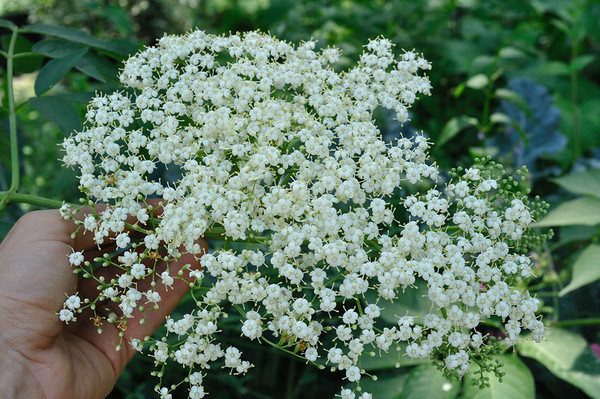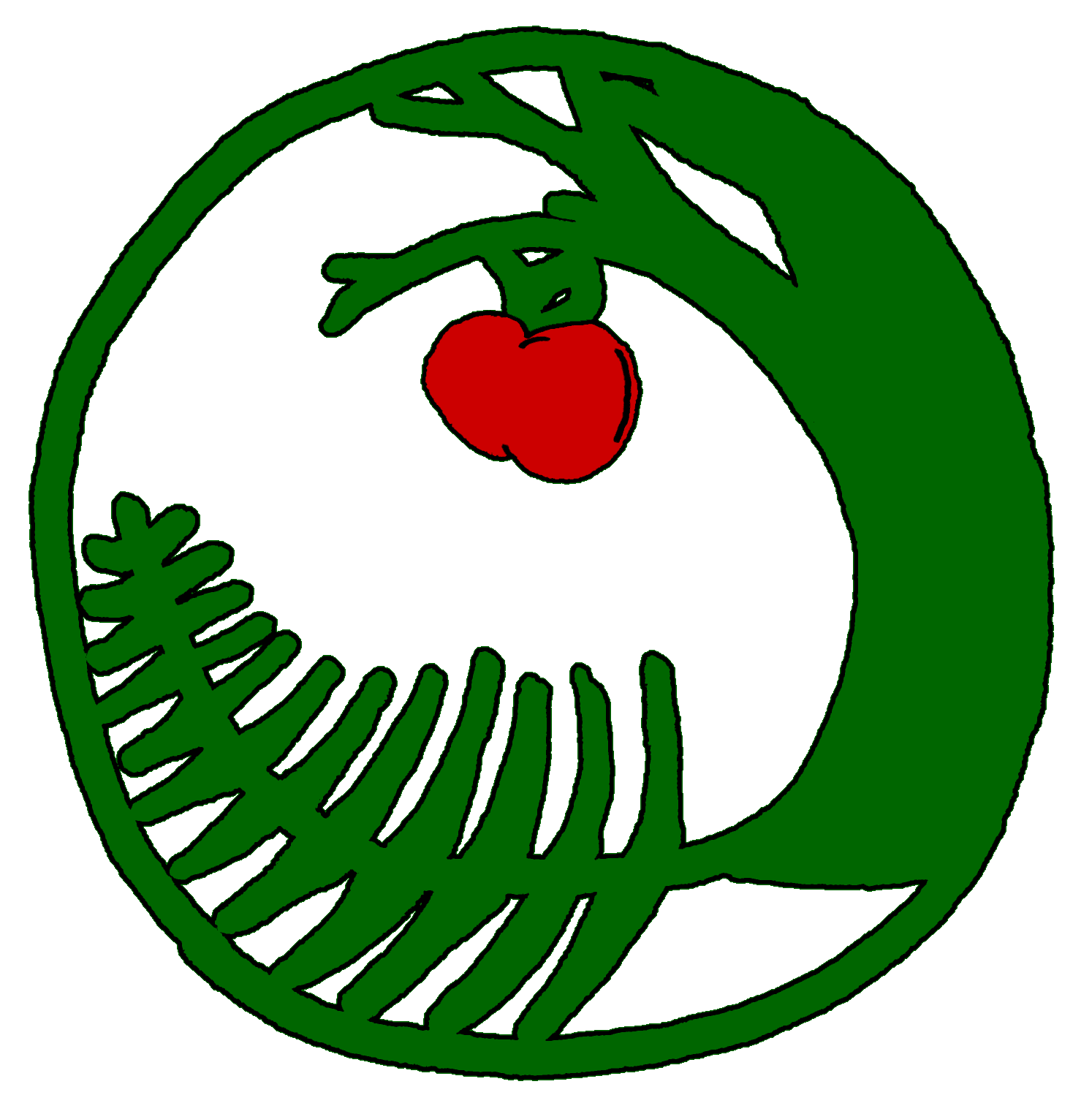
'Nova' American elderberry
Habit:
Ecological Role:
Availability:
'Nova' is a variety of American elder, selected for its reliable yield of medium-sized dark berries at a germplasm center in Kentville, Nova Scotia, Canada in 1960. Although it may have better yields with a second variety planted nearby, 'Nova' also fruits well on its own.
Elder shrubs prefer partial shade to full sun, with higher yields in more sun. It's best to irrigate them in summer if they are not planted within sight of a creek or pond.
The berries are renowed as a nutritive anti-viral and immune system tonic. We like to make a honey-based syrup from dried berries to help out with the fall and winter cold season. A tea of the flowers is a gentle anti-pyretic diaphoretic that helps encourage sweating and natural fever relief for kids and adults alike. Don't forget that a poultice of the leaves makes an external antiseptic vulnerary to speed the healing of bruises and wounds. So much medicine from such a beautiful plant!
American elderberries (Sambucus canadensis) are native to the Midwest and are more vigorous than black European elderberries (Sambucus nigra). Both are planted commercailly for medicinal berries. The berries of the Oregon native blue elderberry (S. cerulea) also make wonderful medicine, and they are more drought tolerant than other varieties. Don't accidentally mistake red elderberries (S. racemosa) for any of the edible and medicinal varieties - they are not safe to consume.
This PDF journal article provides a detailed comparison of both European and American elderberry varieties in field trials in Corvallis, OR.
As the old saying goes, "When you find your homestead, first plant an elderberry, then build your house."
